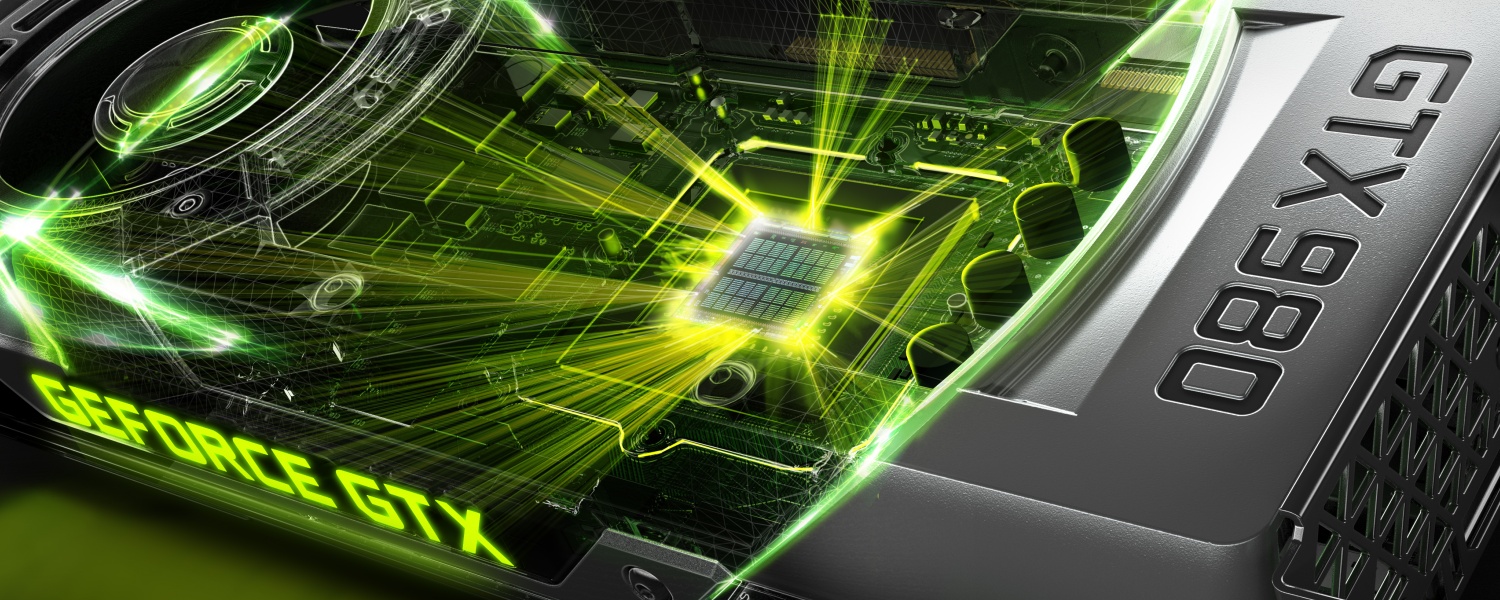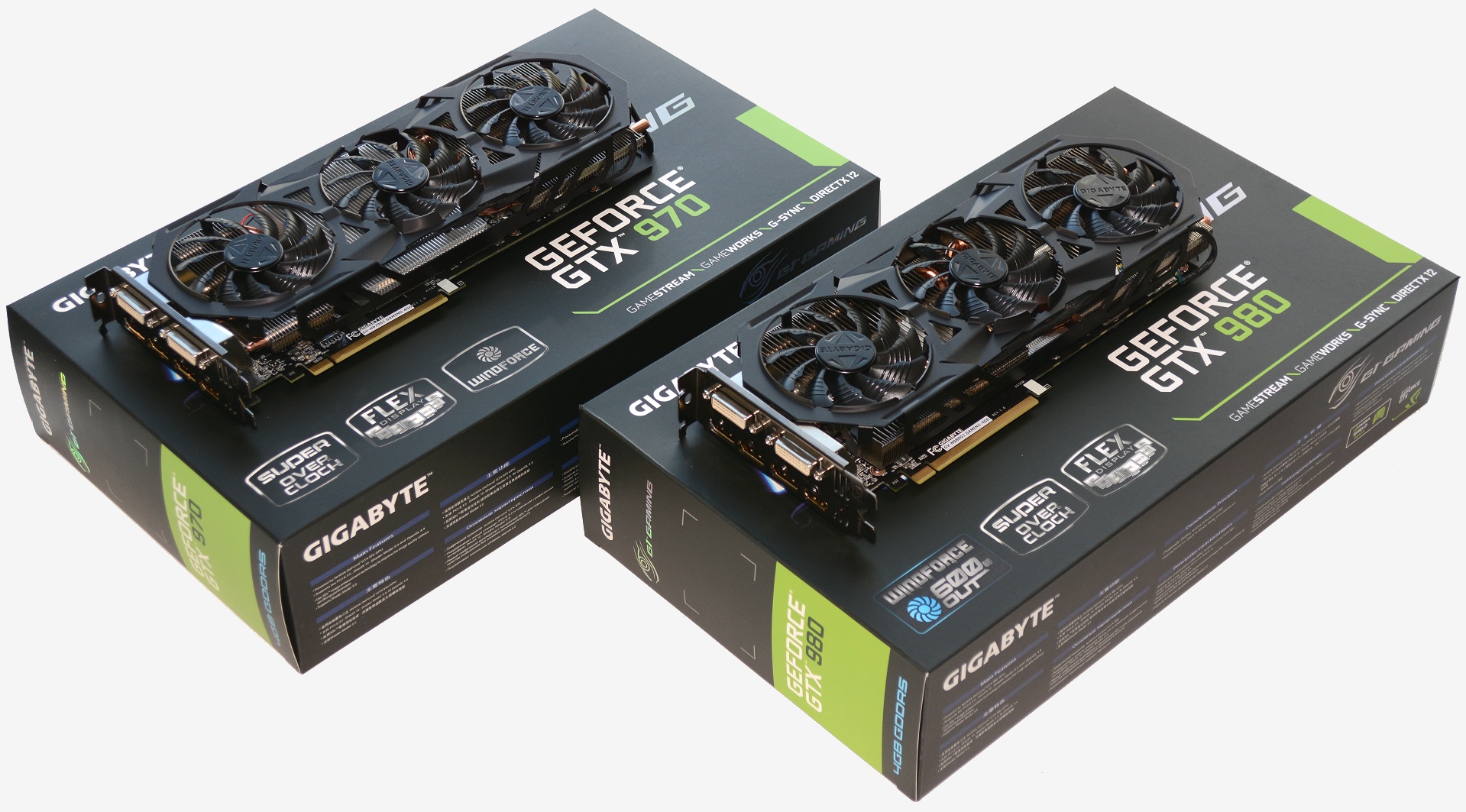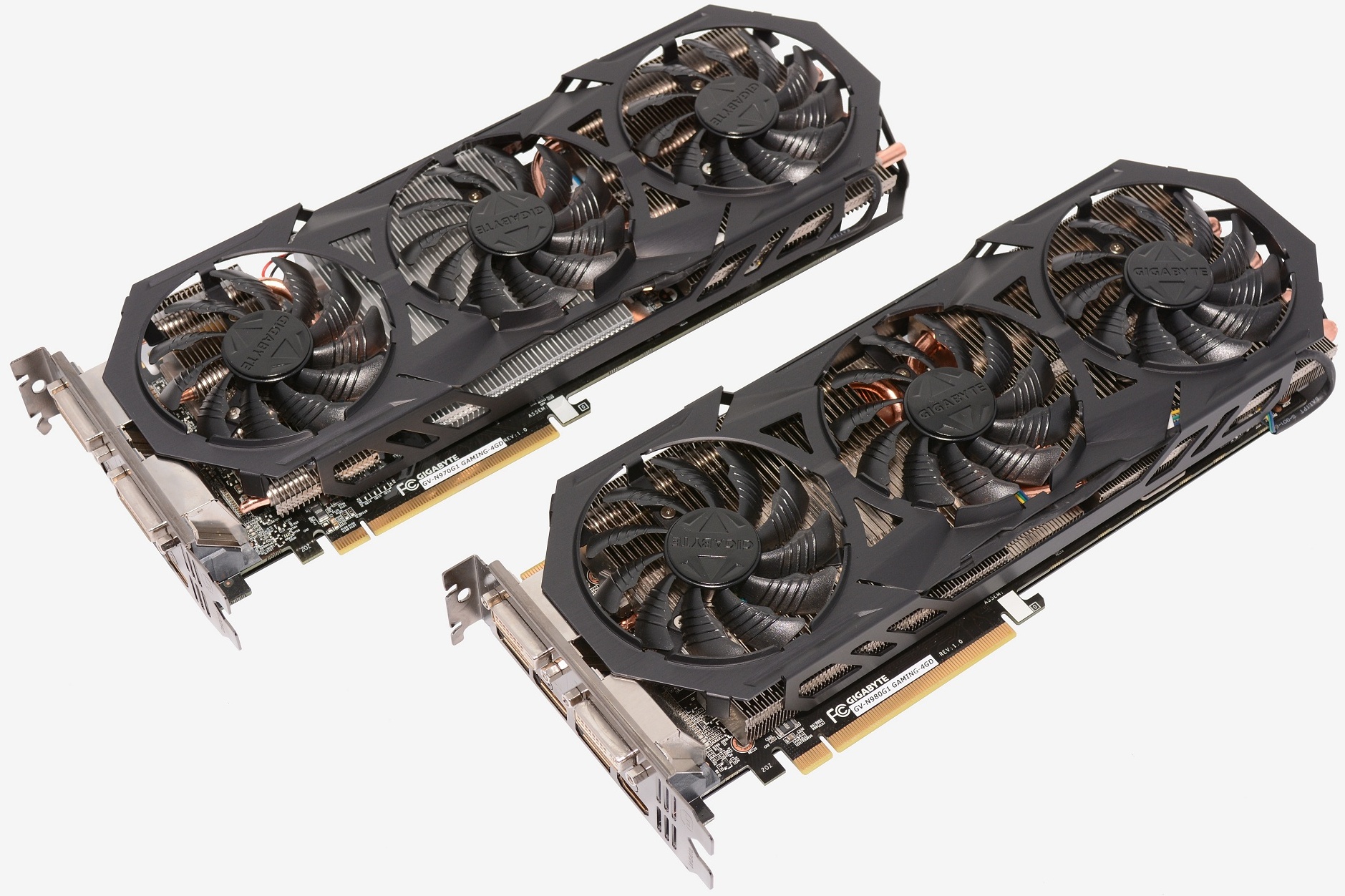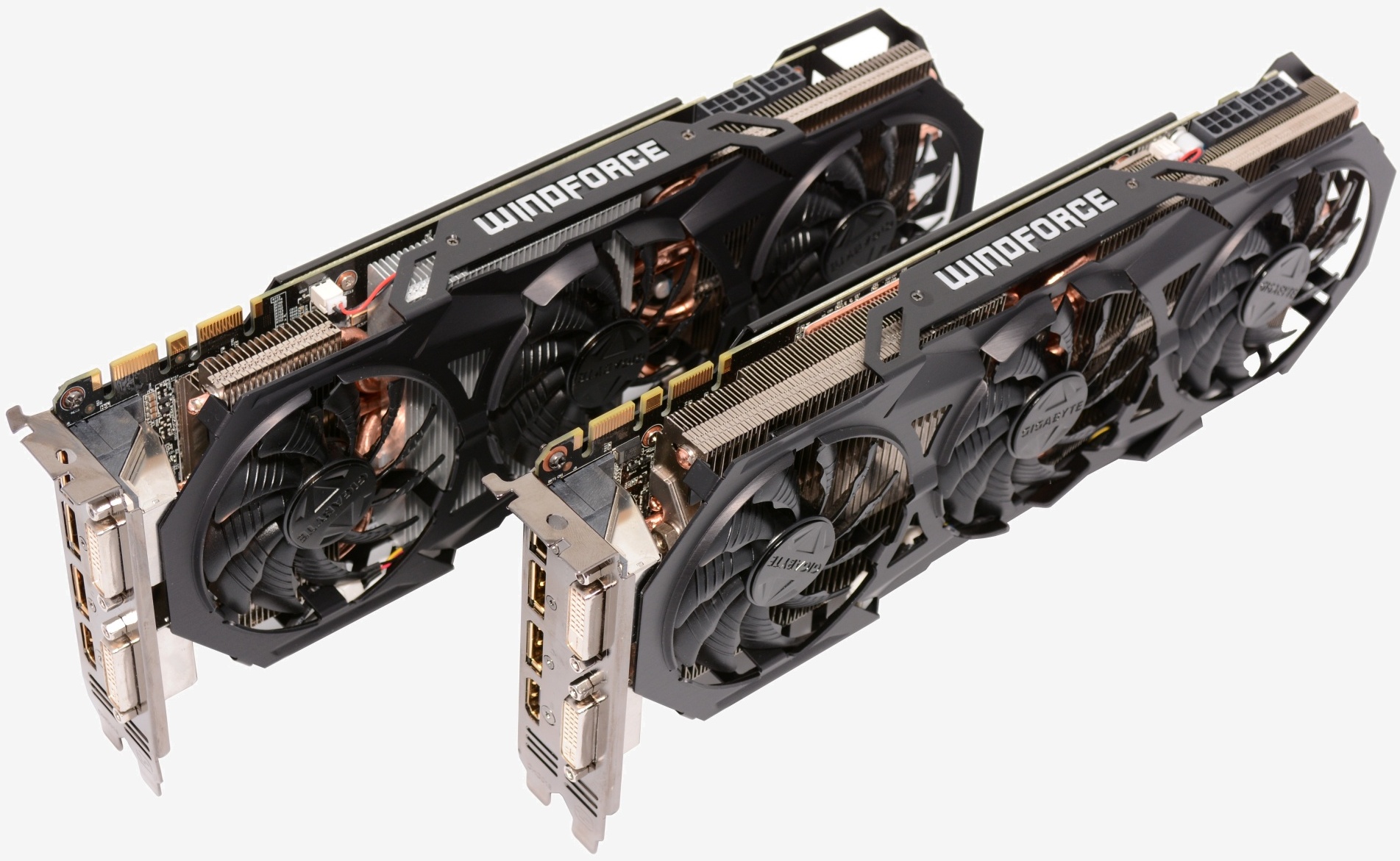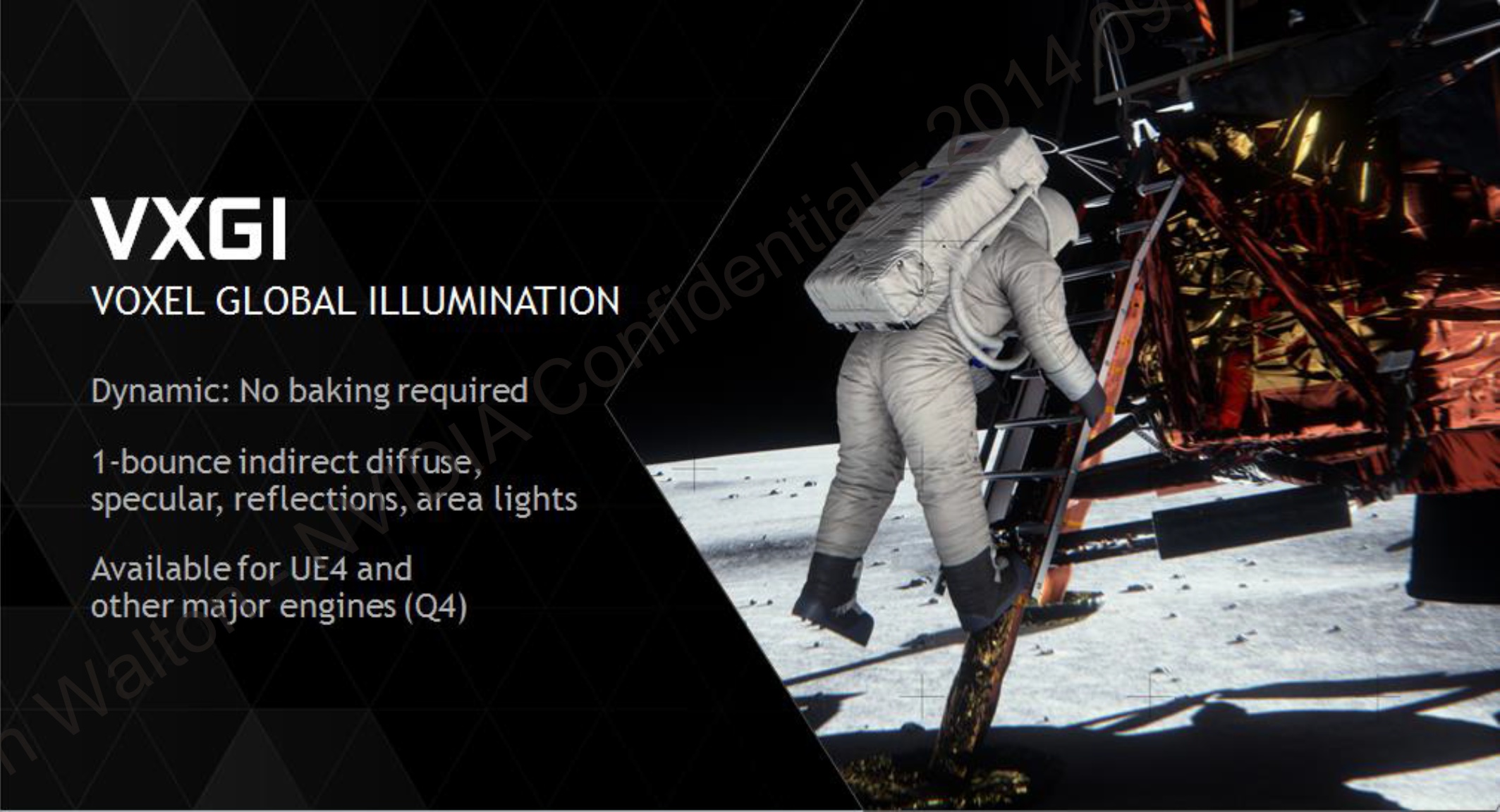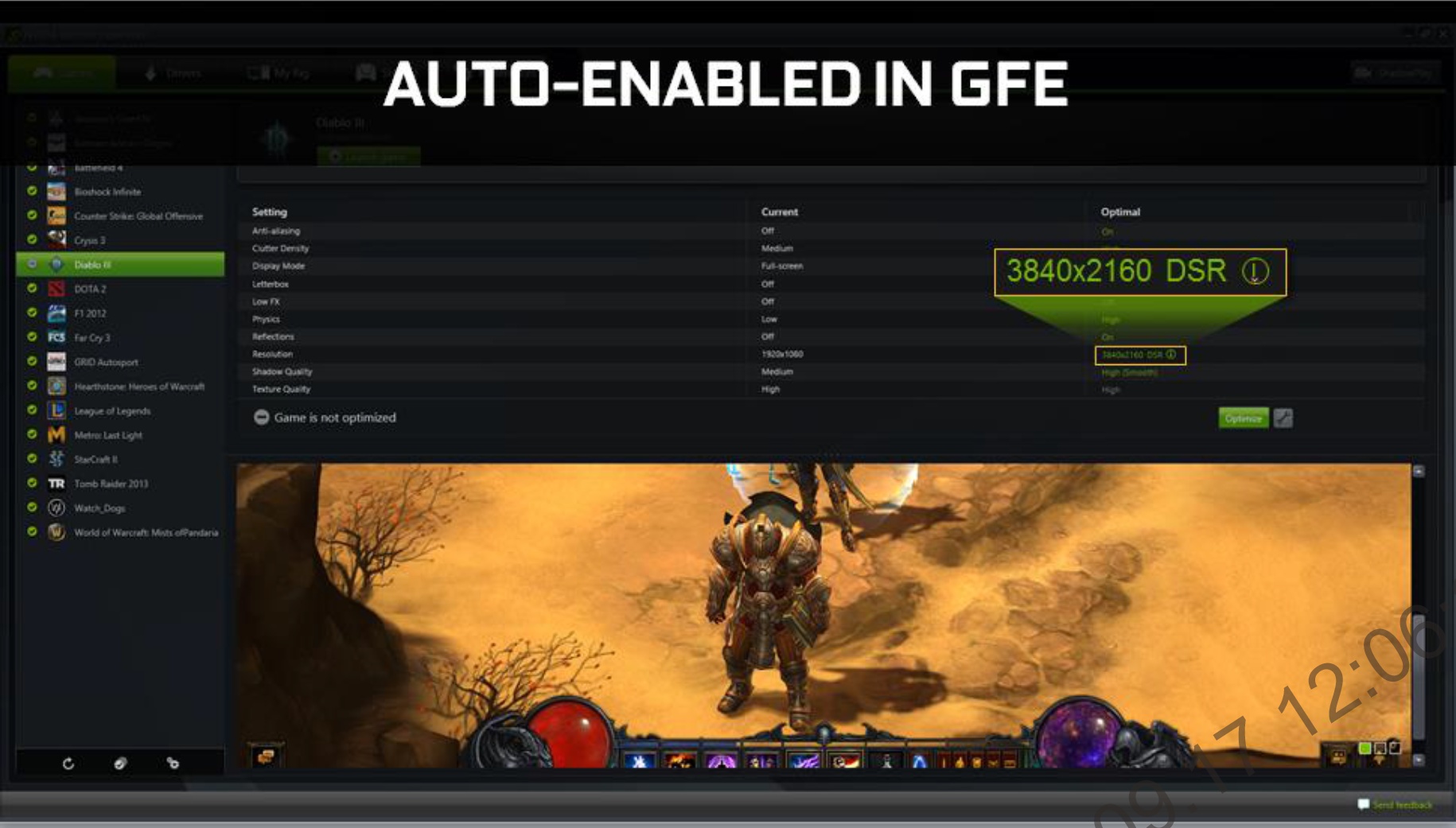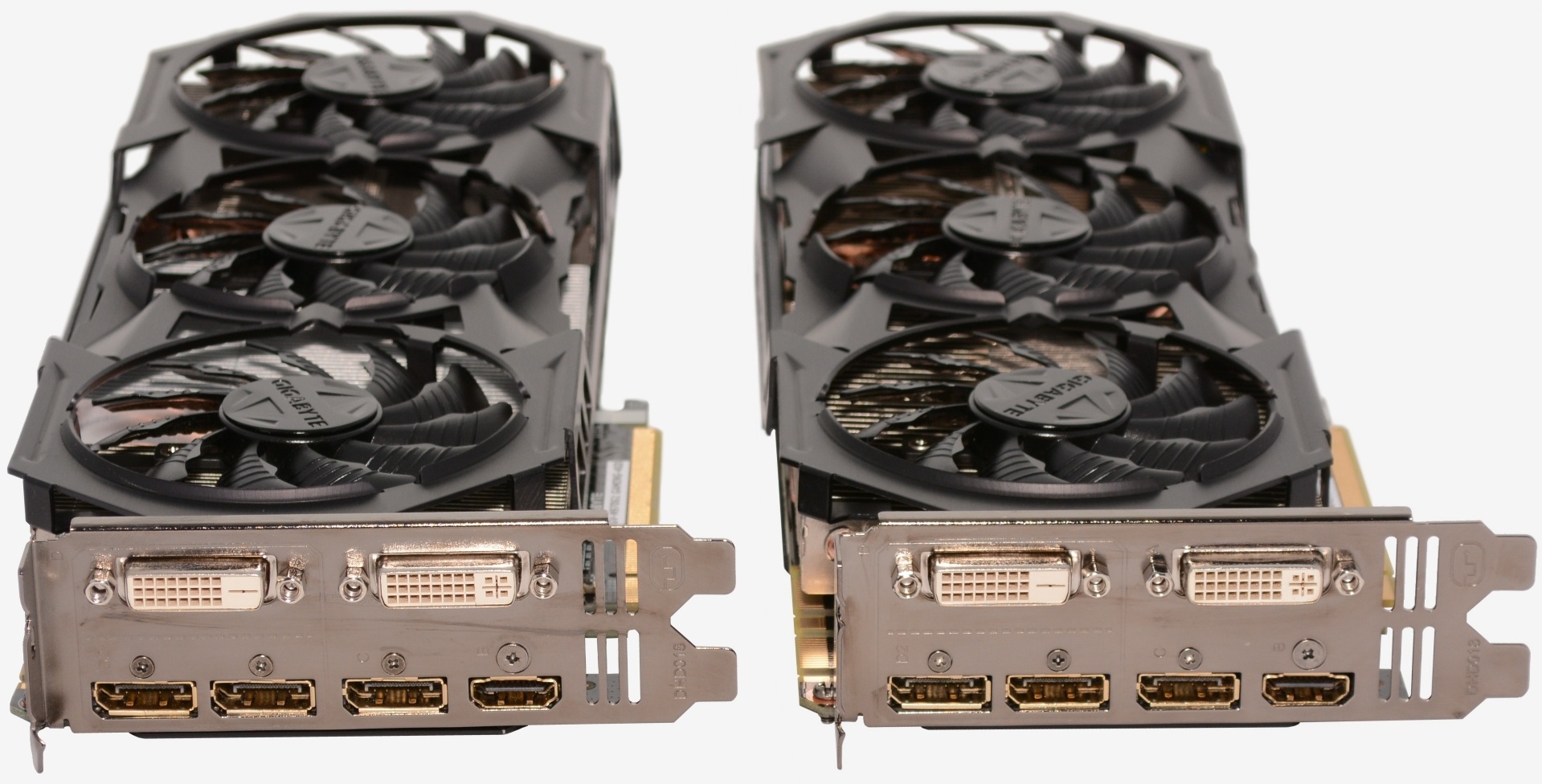Based on the same Kepler architecture as the GeForce 600 GPUs before it, the 700 series debuted with the 2688-CUDA core GTX Titan February last year, followed by the GTX 770 and GTX 780 a few months later and then the single-GPU flagship GTX 780 Ti in November.
Although the GTX 770 was essentially a rebadged GTX 680 with faster memory, the GTX 780 and GTX 780 Ti were new products, even if they featured the same architecture. Overall, the GeForce 700 series pushed Kepler to its limits – all with the exception of the GTX 750 Ti.
Priced at $150, the GTX 750 Ti was similar to the GTX 650 Ti Boost in terms of frame rate performance despite looking like it should have been 20% slower on paper. What the GTX 750 Ti lacked in performance it made up in efficiency with the next-gen Maxwell architecture.
The GTX 650 Ti packs 20% more cores, 60% more TAUs and 50% more ROPs while the GTX 750 Ti has a mere 5% core clock speed advantage and a 10% memory speed disadvantage, yet it can match and at times beat the GTX 650 Ti while using ~20% less power.
With such a strong showing, Maxwell's first appearance had us excited for higher-end cards and today we finally have them: the $329 GTX 970 will try to carve a place out for itself between the R9 280X and 290, while the $549 GTX 980 is positioned against the R9 290X.
Gigabyte G1 Gaming GTX 970 & GTX 980
Starting with the more expensive GTX 980, gamers might be surprised to find that although this card is priced to match the GTX 780 Ti, on paper it doesn't stand a chance. The GTX 780 Ti boasts 15 SMX units for a core count of 2880, with 240 TAUs and 48 ROPs as well as GDDR5 memory clocked at 1753MHz (7.0Gbps) and a 384-bit wide memory bus, offering a bandwidth of 336.4GB/s.
In comparison, the GTX 980 seems underwhelming with just 2048 cores, 128 TAUs and 64 ROPs. That's 29% less cores, 47% less TAUs and 33% less ROPs. The GTX 980 is also limited to a 256-bit memory bus, and with the GDDR5 memory still clocked at 1753MHz (7.0Gbps) this allows for a memory bandwidth of just 224GB/s, or 33% less than the GTX 780 Ti.
To its advantage however, the GTX 980 is clocked almost 20% higher than the GTX 780 Ti 1127MHz with a boost frequency of 1216MHz, which Gigabyte has pushed even further with its cards touting a boost clock of 1329MHz or a 9% factory overclock.
Clock advantage or not, the GTX 980 certainly seems to have the odds stacked against it, here's hoping that Maxwell's magic can make up for those figures.
Despite costing over 30% less, the GTX 970 doesn't appear to be much of a downgrade compared to the GTX 980. It has 19% less cores and TAUs, but its ROPs remain the same at 64 while the core clock speeds have been slightly reduced. The GTX 970 core operates at 1051MHz with a boost clock of 1178MHz, just 3% slower than the GTX 980.
The really good news comes when looking at the memory sub-system, which has gone completely unchanged. The GTX 970 features the same 224GB/s memory bandwidth as it makes use of the same GDDR5 1750MHz (7.0Gbps) memory and 256-bit wide memory bus.
In a worst case scenario, the GTX 970 will be 19% slower than the GTX 980, but we are willing to bet it'll be quicker than that. Nvidia's pricing scheme for these new Maxwell GPUs already seems off.
In an effort to speed up the GTX 970, Gigabyte has pushed their G1 Gaming card to 1178MHz with a boost clock of 1329MHz. Along with a little factory overclocking, Gigabyte's G1 Gaming cards get a full redesign boasting a brand new cooler and PCB design.
The Gigabyte G1 Gaming GTX 980 is equipped with a 600w cooler, the latest and greatest of their WindForce 3X technology. There are three fans in total, each featuring a unique triangle design at the fan edge designed to smoothly guide the blades through the air. Gigabyte says this design improves airflow by 23% over traditional fans whilst reducing air turbulence.
The massive heatsink features a huge copper base complete with six heatpipes, five 8mm and one 6mm thick. Gigabyte's triangle cool heatsink technology has also been used, which directs the air evenly across the surface of the heatsink. Gigabyte claims a 35% performance improvement over regular heatsinks.
Meanwhile, the Gigabyte G1 Gaming GTX 970 features the same three-fan design with a slightly smaller heatsink, which makes use of four 6mm copper heatpipes.
Both Gigabyte G1 Gaming cards sport a blue illuminated 'WINDFORCE' logo on the side and the backside is covered by a stylish metal back plate.
The Gigabyte G1 Gaming GTX 980 boasts an 8-phase GPU power design while the GTX 970 card has a slightly smaller 6-phase design.
New Maxwell Features
Nvidia says Maxwell brings 2x the performance per watt over the previous generation. For example, the GTX 980 has 33% more cores that also operate at a higher frequency than the GTX 680, yet the newer card's TDP rating is 30 watts lower.
Nvidia says that the GTX 980's GM204 GPU is so efficient due to rebalancing the design to fully utilize the CUDA cores more often. Additionally, they have increased the cache size to 2MB, which is four times larger than the 512KB cache found inside the GK104 used by GPUs such as the GTX 680 and GTX 770. The larger cache means fewer requests to the GPU DRAM are needed, improving performance and reducing the GPUs power consumption.
Speaking of DRAM, the GM204 features a new compression engine which is designed to further reduce the bandwidth demands.
There is more to Maxwell than just improved efficiency however, including a number of new rendering technologies. One such technology is called VXGI (an abbreviation for Voxel Global Illumination) and dramatically improves the rendering performance of the GTX 980/GTX 970 where dynamic global illumination is featured.
There are also some new anti-aliasing models such as Mutli-Frame sampled AA (MFAA), a new anti-aliasing method which is said to deliver image quality that is comparable to 4xMSAA with a performance hit that is similar to using 2xMSAA.
Another feature, Dynamic Super Resolution (DSR), is said to bring the crispness of higher 4K displays to existing 1080p displays for example. This technology works by rendering the game at a higher resolution and then downscaling the image to the screens native resolution.
This kind of down sampling technique is commonly used by graphic designers and photographers. However games have not been designed with this technology in mind, which causes down sampling to artifact in the final rendering image.
Nvidia has combated this problem by including a 13-tap Gaussian filter in DSR during the conversion to the screen resolution.
The DSR feature can be accessed via the GeForce Experience utility and can be fine-tuned for each game.
Finally, the GTX 980 and GTX 970's connectivity has also been improved. The I/O bracket provides three standard DisplayPort connectors and a HDMI 2.0 connector supports 4K resolutions at 60Hz along with a Dual-Link DVI output giving these cards a total of five output connectors (up to four can be used at any given time).
Editor's note: The original version of this review showed benchmarks based on an older version of Nvidia's driver that wasn't 100% optimized. Since then, all benchmarks have been redone and our conclusions have been updated to reflect those changes.
